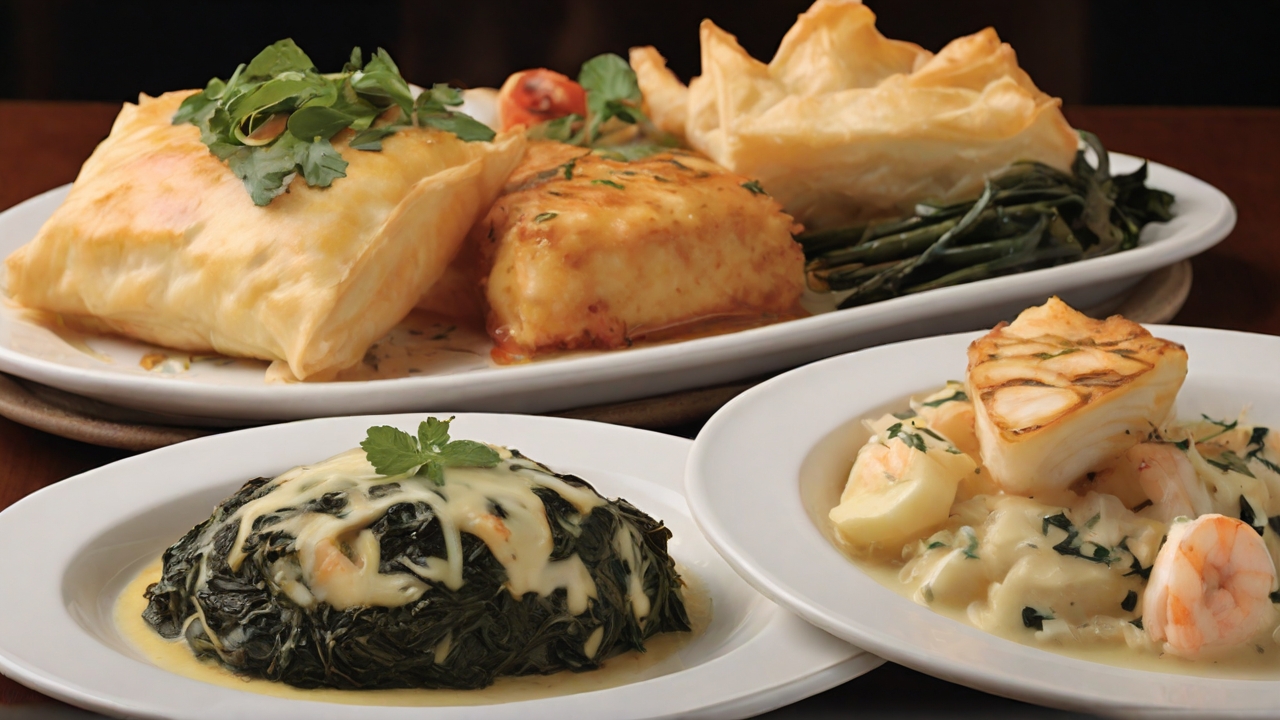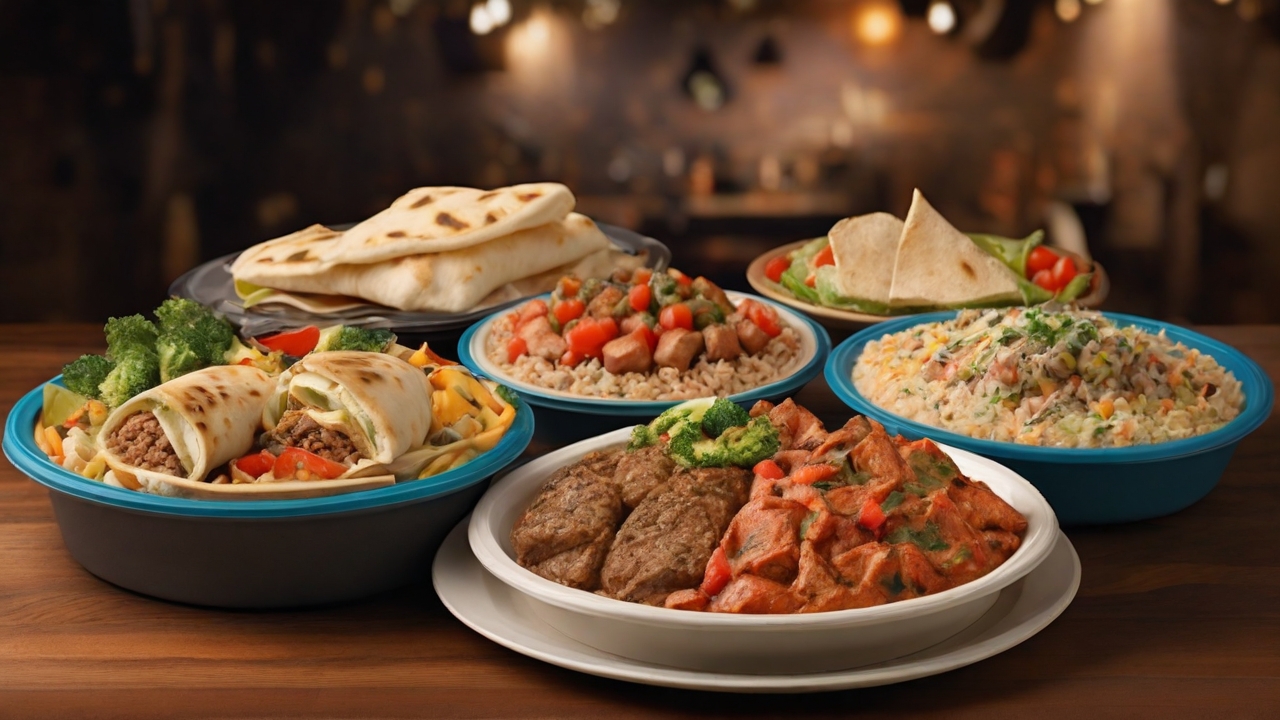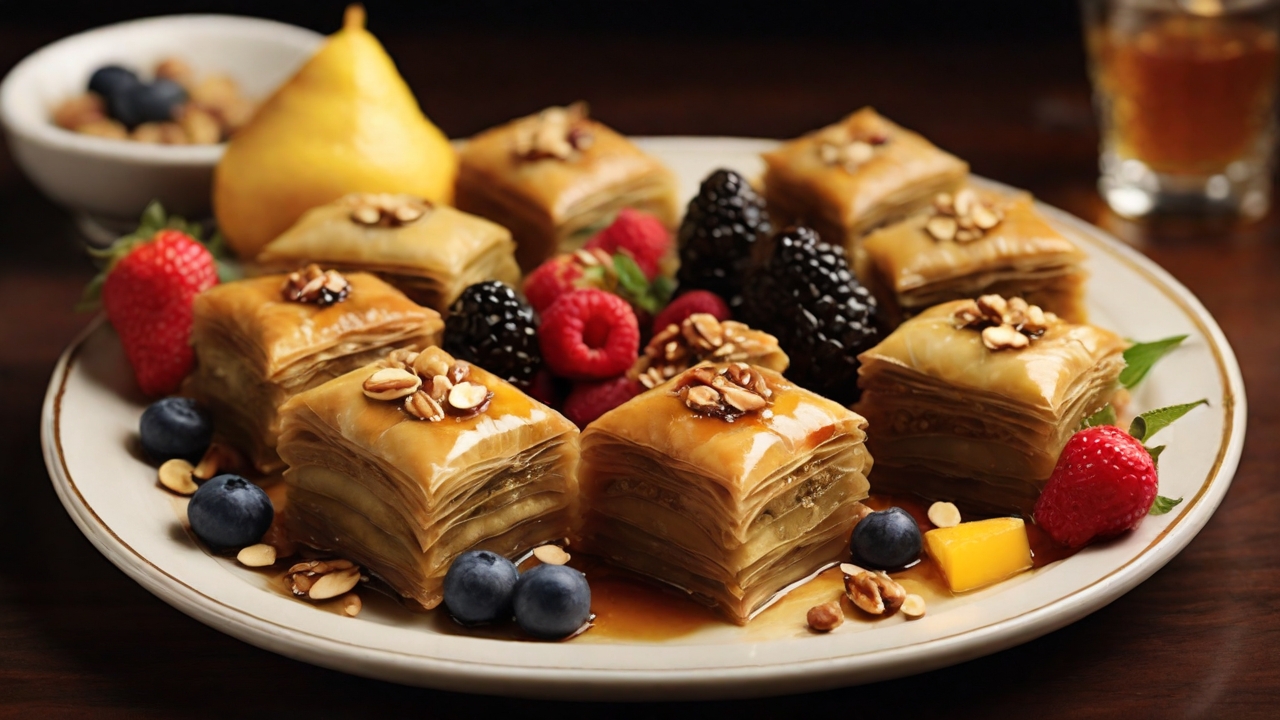Luna Grill Menu (2024)

Welcome to Luna Grill, a culinary paradise where Mediterranean tastes and top-notch cooking combine to create a dining experience. From healthy soups to tasty kebabs and sweet treats, the Luna Grill menu promises a symphony of tastes that will make you want more. Take a trip through the world of food and find out what tasty treats are waiting for you at Luna Grill.
Mediterranean food is the main attraction at Luna Grill. The restaurant’s food features fresh ingredients and lively tastes typical of the area’s history. From the sun-kissed beaches of Greece to the fragrant spice markets of the Middle East, Luna Grill’s menu draws from a wide range of cooking styles to make healthy, tasty meals.
Luna Grill’s Appetizers

The Luna Grill Menu starts its journey with a delicious range of appetizers, great for sharing or having on their own as a small meal. For vegetarians, hummus is always a good pick. It’s creamy and tasty, and it comes with warm pita bread that makes it easy to scoop up.
Want to start the day off right? The Greek Salad has chopped tomatoes, cucumbers, red onions, Kalamata olives, feta cheese, and a spicy vinaigrette that goes over the whole thing.
The Calamari Fritti is an excellent choice if you want something heartier. The calamari rings are soft and lightly fried until they are just right. They are served with a spicy marinara sauce for dipping.
Wood-Fired Specialties

Luna Grill is proud of how well it can cook over a wood fire. You can find a variety of tasty kabobs and other dishes here that the smoke of open flames has kissed.
The Chicken Kabob is always a hit because it has tender pieces of chicken marinated in a sauce and cooked to perfection. For a change of pace, try the Lamb Kabob, which has a unique and tasty character.
Need something from the sea? The Salmon Kabob is a tasty and healthy choice. Spicy herbs and spices are used to season a properly grilled salmon fillet.
Try the Veggie Kabob if you want to eat something tasty that is meatless. Onions, zucchini, mushrooms, bell peppers of all colors, and mushrooms are cooked until soft and juicy.
Luna Grill Bowls and Salads

Luna Grill has a variety of bowls and salads for people who want something lighter. These meals are full of fresh veggies, protein, and tasty dressings, making them great for a healthy and filling meal.
The Mediterranean Harvest Bowl is an excellent choice for vegetarians. Roasted veggies, chickpeas, feta cheese, and a tasty tahini dressing are put on top of a bed of quinoa.
The Chicken Caesar Salad is a popular choice for a lunch full of energy. A Caesar salad with croutons, Parmesan cheese, and grilled chicken breast is served on top of romaine leaves.
Want something that you can change? You can make your ideal meal with Create Your Bowl by picking your protein, base, veggies, and dressing.
Luna Grill Classic Entrees

Luna Grill serves a variety of traditional main dishes that are at the heart of Mediterranean cooking. Fresh products and old-fashioned methods are used to make each dish.
The Chicken Bryan has always been a hit. It has soft chicken breasts with prosciutto and mozzarella cheese on top. It is then covered in a brandy cream sauce that is thick and rich.
The moussaka is a great way to get a taste of Greece. When cooked to perfection, layers of eggplant, ground beef, and creamy béchamel sauce combine to make a symphony of flavors and textures.
The Shrimp Scampi is a treat for seafood fans. Shrimp are cooked in a garlic butter sauce with white wine, lemon juice, and fresh herbs. The sauce is poured over the rice.
Looking for something vegetarian? The Spanakopita is a tasty and filling dish. A delicious mix of spinach, feta cheese, and fresh herbs is put inside flaky phyllo dough.
Luna Grill also has a variety of Platters that are great for sharing or filling up on a big meal. You can choose the meal on these platters, and they usually come with rice, pita bread, and a side dish like hummus or Greek salad.
Luna Grill Sides and Drinks
Luna Grill serves a range of tasty sides to go with your main course. There is a dish that goes well with every main course, from fluffy Basmati rice to cool, homemade tzatziki sauce.
A drink to cool down is a must after a meal. Luna Grill serves a range of drinks to quench your hunger, such as soft drinks, iced tea, and their famous Mango Lemonade.
Family Bundles and Special Diets

Luna Grill knows how nice it is to eat with people you care about. That’s why they have a tempting range of Family Bundles, which are great for feeding many people. These packs usually come with a mix of main courses, sides, and pita bread, making them a tasty and affordable choice for families.
People following specific diets can also eat at Luna Grill Menu. Their tasty food is available because they have many vegetarian and gluten-free choices.
Here are some examples of vegetarian and gluten-free options at Luna Grill:
- Vegetarian: Veggie Kabob, Mediterranean Harvest Bowl (without feta cheese), Falafel Plate, Hummus with vegetables
- Gluten-Free: Salmon Kabob, Chicken Kabob (specify grilled chicken without marinade), Greek Salad, Falafel Plate (specify lettuce wrap instead of pita bread)
Luna Grill Desserts

A meal at Luna Grill is only complete with a decadent dessert. You can find a wide range of delicious sweets on their menu to fill any craving.
Baklava is a traditional treat from the Mediterranean. It is made of layers of flaky phyllo dough that are filled with chopped nuts and honey syrup.
The Fresh Fruit Plate is a lighter choice to make your meal more enjoyable. Luna Grill also has desserts that change with the seasons, so be sure to ask what’s new.
FAQs About Luna Grill Menu
Are there vegetarian options available on Luna Grill’s menu?
The Falafel Wrap, the Veggie Kabob Plate, and the cool Quinoa Tabouleh Salad are just a few of the vegetarian-friendly dishes at Luna Grill.
Does Luna Grill accommodate gluten-free dietary preferences?
You can get gluten-free food at Luna Grill. They have dishes like the Gluten-Free Chicken Wrap and the Grilled Chicken Plate.
Are there any seasonal specials featured on Luna Grill’s menu?
Luna Grill adds seasonal items to its menu from time to time, focusing on the freshest products and new ways to combine flavors to keep customers happy all year long.
Can I customize my order at Luna Grill to suit my preferences?
Of course! Luna Grill is open to making changes so guests can have a meal that fits their tastes and dietary needs.
What beverage options complement Luna Grill’s menu selections?
There are a variety of cool drinks for guests, such as freshly squeezed lemonade, iced teas, and traditional Mediterranean drinks like Ayran.
Is Luna Grill’s menu available for online ordering or delivery?
Luna Grill offers easy online buying and delivery so that customers can enjoy their favorite Mediterranean dishes without trouble.
Does Luna Grill offer a loyalty program or special promotions for its patrons?
Luna Grill’s Loyalty Program gives customers special deals, birthday gifts, and the chance to earn points whenever they buy something.
What classic Mediterranean desserts can conclude a satisfying meal at Luna Grill?
After your meal, treat yourself to something sweet, like Baklava, Rice Pudding, or Greek Yogurt with Honey and Walnuts.
In the end,
Luna Grill is a great way to feel like you’re in the middle of the Mediterranean. The menu has many fresh ingredients, classic meals, and tasty new creations, so there’s something for everyone. Luna Grill is a great place to try the vibrant tastes of the Mediterranean, whether you’re looking for something healthy and light, something hearty and satisfying, or a delicious experience to share with family or friends.
That’s why Luna Grill is the place to go the next time you want to try something new. Luna Grill offers a dining experience that will make you want to return for more with its friendly staff and delicious food.


